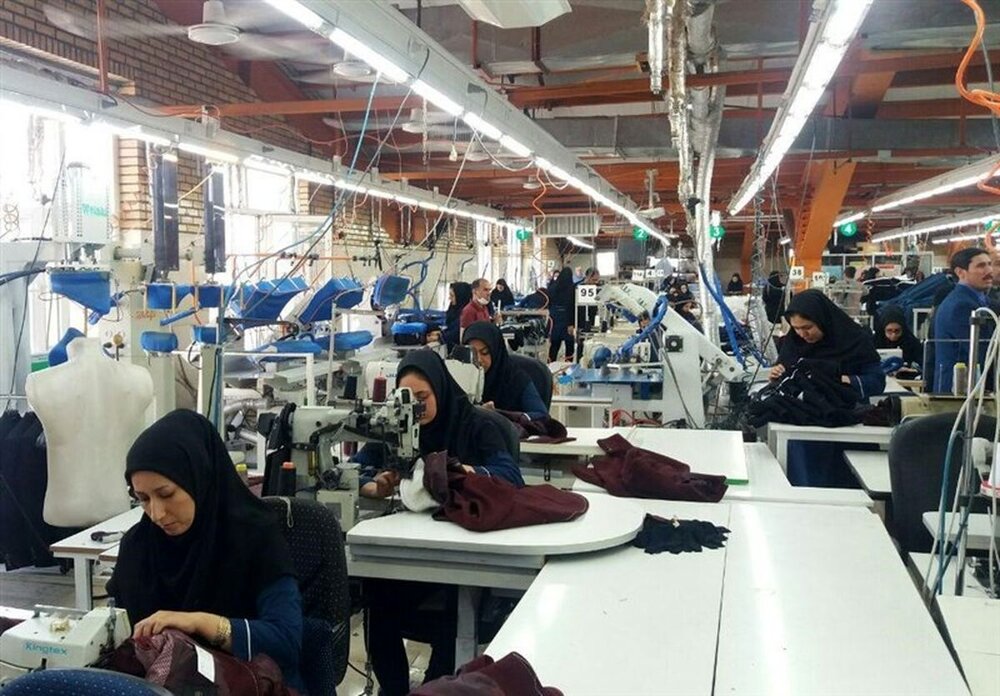Lack of liquidity a main hurdle for production units

In early July last year, the Central Bank of Iran (CBI) instructed the country’s banking network the regulations on financing small and medium-sized enterprises (SMEs) with the aim of smoothing the path of national production and supporting enterprises in order to fulfill the slogan of the current Iranian calendar year (March 2020-March 2021), which is “Surge in Production”, through directing society's liquidity to productive sectors and financing domestic production units, as well as providing the required working capital for the enterprises.
According to the CBI, following the announcement of the financing instructions for the SMEs in the last four years and the adoption of a regulatory assistance approach, a more suitable ground has been provided for financing the mentioned units.
The aforesaid instructions offer more and more support for small and medium-sized production units in order to provide the possibility of optimal and correct leading of available financial resources in order to improve the employment situation and economic growth in the country, the central bank wrote on its website at the time.
But, the enterprises and those active in the economy sector cite a lack of liquidity and access to finance as one of the biggest problems facing the country's businesses.
Asghar Mosaheb, the acting head of Iran Small Industries and Industrial Parks Organization (ISIPO), has mentioned lack of liquidity as one of the main reasons making the production units inactive, while problems in terms of supplying raw materials and machinery, and absence of market are some other hurdles in this due.
ISIPO’s Previous Head Mohsen Salehinia had said that providing liquidity is the main issue for many of the country’s production units, so based on the arrangements made, these units can receive part of their needed liquidity through bank facilities.
"Currently, the share of the country's production and industrial units in receiving bank facilities is about 31 percent and it is necessary to allocate a larger share of banking facilities to the country's production and industry," he had stated.
According to the most recent data released by the Industry, Mining and Trade Ministry, over 73.93 trillion rials (about $1.76 billion) in loans has been paid for financing the SMEs and semi-finished projects with the progress of over 60 percent during the first nine months of the current Iranian calendar year (March 20-December 20, 2020).
But those active in the production sector say that because of the increase in production costs due to inflation in previous years, the ceiling of facilities to be granted to enterprises should be increased.
They also lament that due to the outbreak of coronavirus, the financing situation of the production units has deteriorated, and despite these problems, the pressure of banks on these units has increased significantly.
While the producers are still facing many problems, they expect the situation to improve with the support of officials and the banking system.
